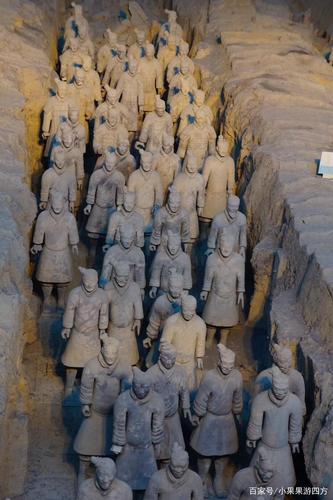
Do the Terracotta Warriors Still Exist?
Unearthing an Ancient Army
The Terracotta Army, discovered in 1974 by farmers digging a well near Xi'an, China, stands as one of the most significant archaeological finds of the 20th century. This vast collection of life-sized terracotta sculptures depicts the armies of Qin Shi Huang, the first emperor of China.
A Glimpse into the Past
Since their discovery, over 2,000 warriors, horses, and chariots have been carefully excavated from three different burial pits. Each figure is unique, with individual facial features, hairstyles, and armor, showcasing the remarkable craftsmanship of the Qin dynasty.
Thousands Remain Hidden
Despite the extensive excavations, experts estimate that over 6,000 terracotta figures remain buried underground. These unexcavated pits offer a tantalizing glimpse into the sheer scale and magnificence of the Terracotta Army and the potential for future discoveries.
Preservation for Future Generations
The excavated warriors and horses are housed in a specially built museum complex near their discovery site. The museum employs advanced conservation techniques to protect these fragile relics from environmental damage and deterioration.
So, Do the Terracotta Warriors Still Exist?
Yes, the Terracotta Army continues to stand as a testament to the power and artistry of ancient China. While thousands remain buried, those unearthed offer a captivating glimpse into the past, captivating millions of visitors from around the world each year.
FAQs
Q1: How old are the Terracotta Warriors?
A1: The Terracotta Army was created over 2,000 years ago, dating back to the 3rd century BC.
Q2: Why were the Terracotta Warriors created?
A2: The Terracotta Army was created to guard the tomb of Qin Shi Huang, the first emperor of China, in the afterlife.
Q3: Can you visit the Terracotta Warriors?
A3: Yes, the Terracotta Army is a popular tourist destination in China. You can visit the museum complex near Xi'an to see these remarkable figures firsthand.